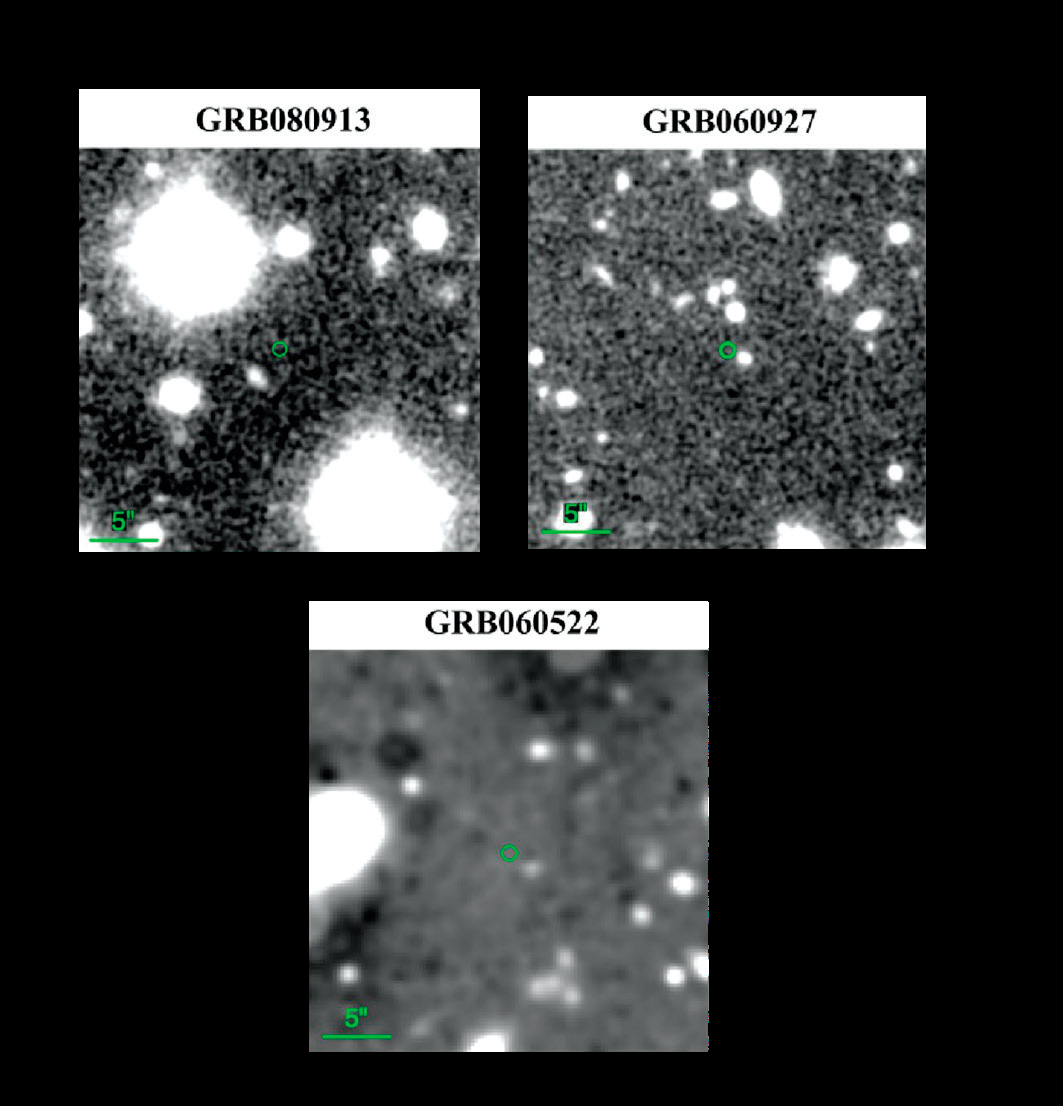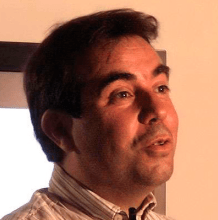Stéphane is an astronomer based at the Laboratoire d’Astrophysique de Marseille. After starting his research in particle physics, in the development of the LCH at CERN, then of the ANTARES high-energy neutrino telescope, he turned to astronomy.
Stéphane is now active in the study of the energetic and transient universe, and has for example participated in the discovery of the first tidal disruption events and the first supernova shock breakouts. Now, he uses gamma-ray bursts to study the distant universe.
These objects are really unique beacons for identifying and studying early galaxies, as well as the reionization of the Universe. To this end, Athena could provide absolutely unique information.
He is involved in the development of the French-Chinese SVOM mission, in the THESEUS mission proposed as ESA’s M5 as well as in the Athena mission. Stéphane is co-chair of the Athena Mission Working Group 5.6, Targets of Opportunity.
Link to PDF version.

Image: Image acquired by the VLT at ESO (10h for each target) to identify the galaxies having hosted a GRB at a redshift larger than 5. These results indicate that the observations of the host galaxies are a challenging endeavor, and systematic observations of this population of galaxies will need to await the next generation of large facilities, as the JWST, the E-ELT and Athena. Meanwhile, realtime photometric and spectroscopic observations of GRB afterglows will remain a powerful tool to characterize the farthest collapsed objects in the Universe and probe their environments.



